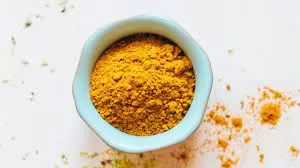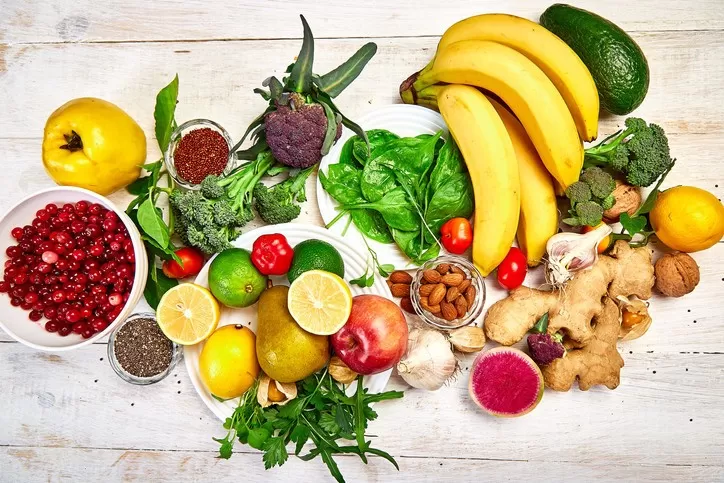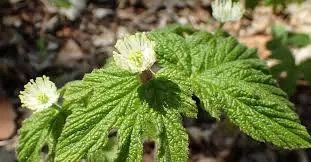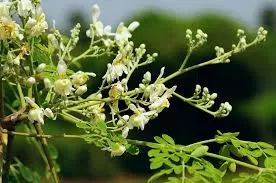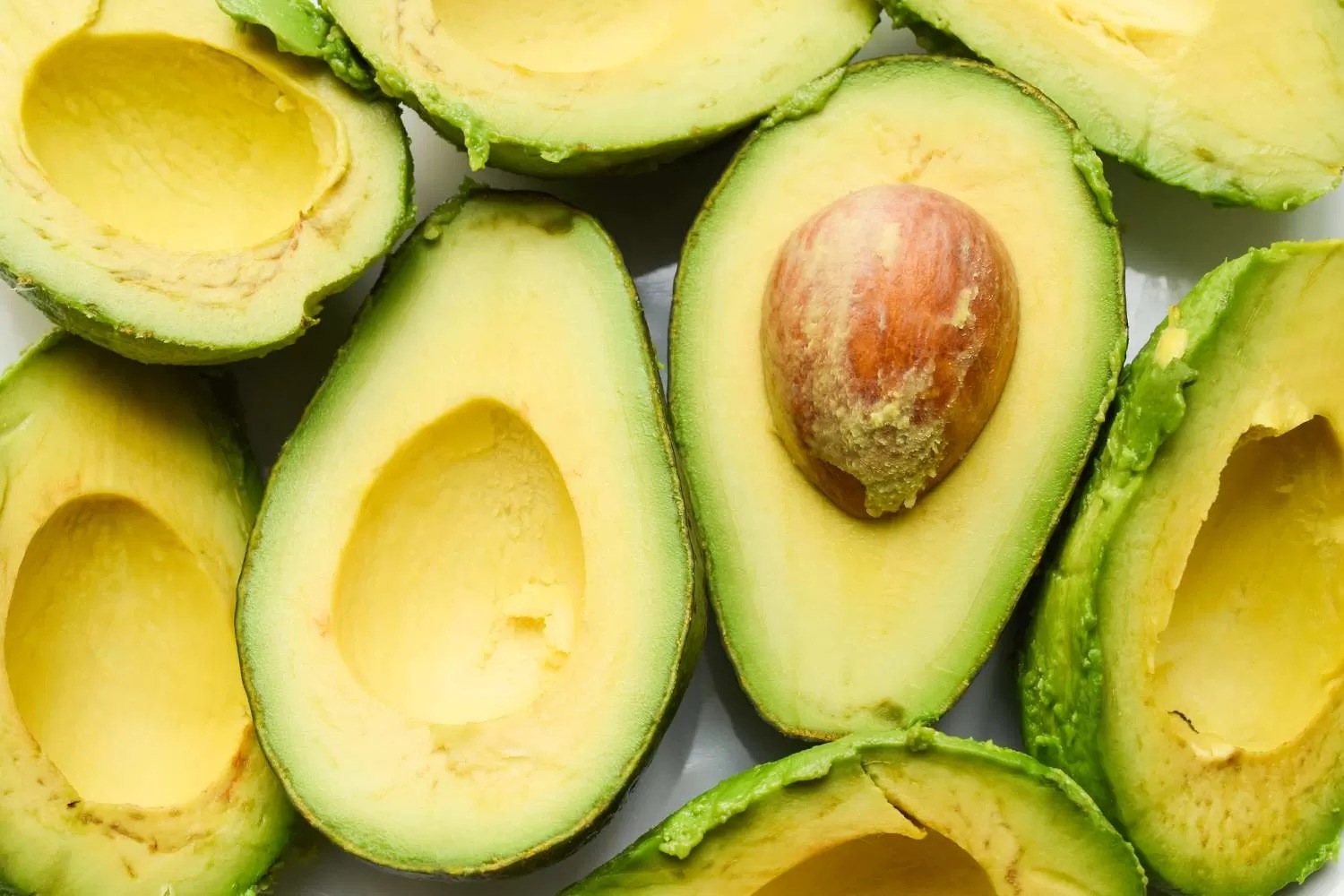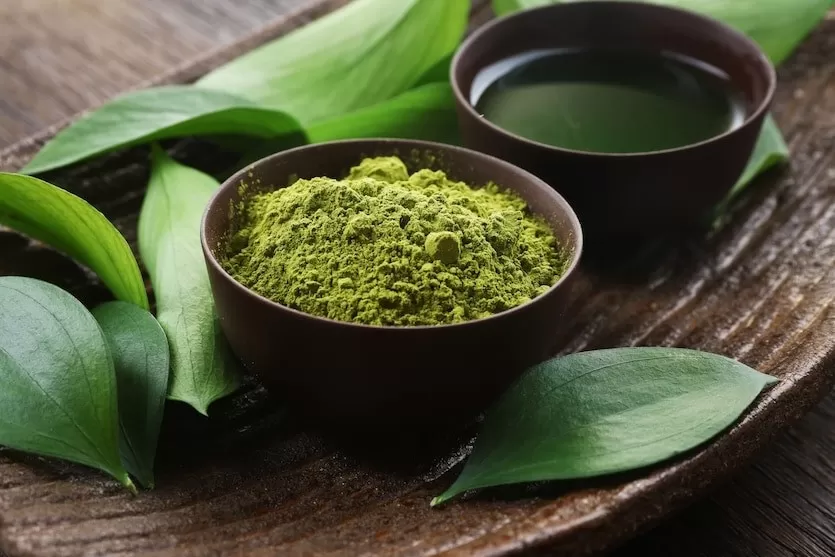- 0086-571-85302990
- sales@greenskybio.com
Dandelions: From Weeds to Wonder Plant
2025-05-01
Dandelions, known scientifically as Taraxacum officinale, are widespread flowering plants that belong to the daisy family. Though often considered mere weeds, dandelions have a long history of use in traditional medicine and are gaining recognition for their health benefits.
Brief History
The history of dandelions spans thousands of years, with ancient Chinese, Roman, and Arabic texts all documenting their medicinal use. Initially recorded in the 10th century, their therapeutic applications expanded across Europe and North America by the 17th century, brought by colonists who valued their benefits. Native to Eurasia, dandelions now thrive in temperate regions worldwide. Known by various names like lion’s tooth, blowball, and pissabed due to their diuretic effects, the name "dandelion" comes from the French "dent de lion," referencing the jagged edges of their leaves.
In medieval Europe, dandelions symbolized resilience and adaptability, featuring prominently in art and literature. Blowing on a dandelion clock, the seed head, and making a wish is a cherished tradition in many cultures.
Characteristics
Dandelions are easily identifiable by their bright yellow flowers, which bloom from early spring to late fall. The flowers have a trumpet-like shape and measure about 1-1.5 inches in diameter. The leaves are long and lobed with a saw-toothed edge, while their roots can extend up to 12 inches into the soil.
Phytonutrients and Health Benefits
Dandelions are rich in essential nutrients and phytonutrients—compounds with health-promoting properties. They are high in vitamins A, C, and K, as well as B-complex vitamins. They contain minerals like potassium, iron, and calcium, antioxidants such as lutein, zeaxanthin, and beta-carotene, and flavonoids like Quercetin with anti-inflammatory properties. Terpenoids in dandelions, including taraxasterol, contribute to their medicinal effects.
Dandelions offer various health benefits:
- Liver detoxification: Dandelion root aids bile production and liver detoxification.
- Digestive support: Their fiber content helps digestion and relieves constipation.
- Diuretic action: Dandelion leaves and roots reduce fluid retention and lower blood pressure.
- Anti-inflammatory effects: Flavonoids and terpenoids help manage arthritis symptoms.
- Blood sugar regulation: Preliminary studies suggest dandelion root may enhance insulin sensitivity and lower blood sugar levels.
- Immune support: High vitamin C content supports immune health and combats oxidative stress.
Culinary Uses and Recipes
Dandelions are versatile and can be incorporated into various culinary dishes:
- Dandelion salad: Mix fresh dandelion greens with other leafy greens, citrus vinaigrette, and nuts.
- Dandelion tea: Brew dandelion root or leaves for a diuretic tea.
- Dandelion wine: Ferment flowers into a sweet wine.
- Dandelion flower fritters: Fry flowers in batter for a crispy treat.
- Dandelion root coffee: Roast and grind roots for a caffeine-free coffee alternative.
The flavor of dandelions differs across plant parts and maturity. Young greens taste bitter and tangy, flowers have a mild sweetness, and roasted roots provide a nutty taste. Here are some dandelion recipes:
- Dandelion greens pesto: Blend greens with garlic, pine nuts, Parmesan cheese, and olive oil.
- Dandelion root soup: Simmer roasted roots with potatoes, onions, and broth.
- Dandelion flower jelly: Boil flowers with sugar and lemon juice for jelly.
- Dandelion root roast: Roast roots with olive oil, salt, and pepper.
- Dandelion leaf smoothie: Blend leaves with bananas, yogurt, and honey.
Conclusion
Commonly dismissed as weeds, dandelions are a valuable plant with extensive medicinal and culinary uses. From liver detoxification to immune support, their health benefits are diverse and well-documented. By incorporating dandelions into your diet through various recipes, you can reap the natural healing properties of this remarkable plant.
-
Goldenseal: A Historic Herbal Remedy at Risk
2025-05-01






